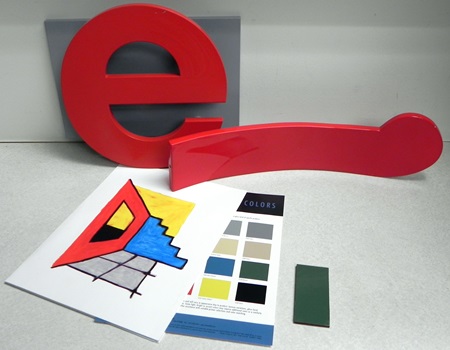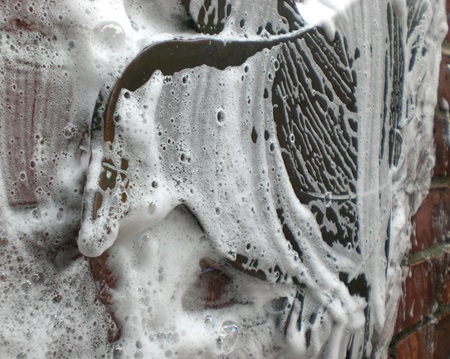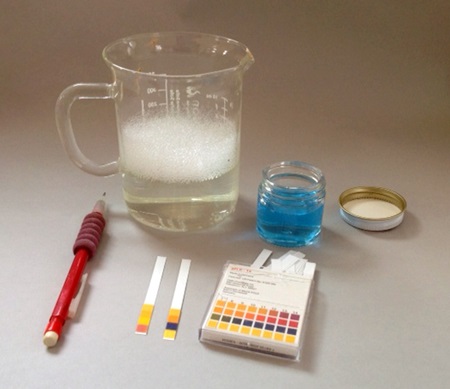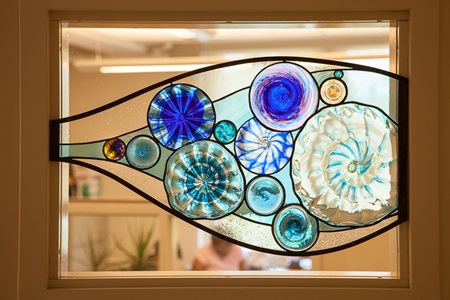Science and Conservation
The STEAM Approach to the Conservation of Public Art
The materials of the public artist long ago moved beyond bronze and stone. Contemporary artists do not hesitate to investigate new possibilities whether with metal alloys, plastics, paint, glass, water, or new media. At Cambridge Arts we encourage public artists to experiment, and our public art collection reflects the growth of technology that continues to expand the artist's "palette." Through our applied science practice we assist that exploration, and research best conservation materials for treatment and care.
High Performance Paint Systems

High performance paint systems for outdoor sculpture and architectural elements are chosen based on surface strength, color retention over time, ease of cleaning, and the type of substrate the paint will adhere to. Recommendations are made by thorough review of scientific data and by evidence-based empirical knowledge. We carry out practice cleanings to remove dirt, carbon emission residue, and graffiti.
Choosing Cleaning Methods

Annual washing and cleaning are done by the safest methods possible. We use gentle sudsing detergents and surfactants, safe for humans and pets, to wash and rinse the artwork.
Acid or Alkaline

On occasion we adjust the pH of a cleaning liquid to remove tenacious grime. The pH is the negative log of the hydrogen ion concentration and indicates the alkalinity or acidity of an aqueous solution. A weak acid can remove greasy fingerprints from stainless steel and glass, and a slightly alkaline solution is useful to remove certain stains from stone.
Coloring with Metal Oxides

Is glass really a super-cooled liquid? No, sorry, that theory was discredited some years ago. Glass science is a fascinating topic, and there are many different types of vitreous materials, but glasses are not liquids. Their molecular structures are disordered (as is water), but the molecules are rigidly bound. Interested in what makes glasses colored? The colors are not made of mineral pigments or dyes, but most commonly of oxides of metals. When Daniel Maher was fabricating Lynn Basa's glass artwork, entitled A Long Story, he was playing with iron, cobalt, copper, and manganese oxides for the blue, purple, and green colors.